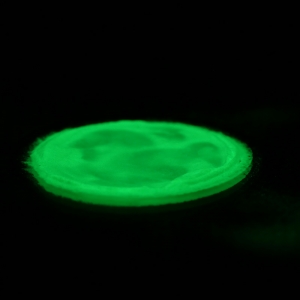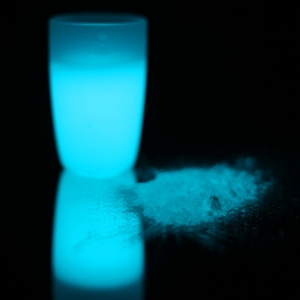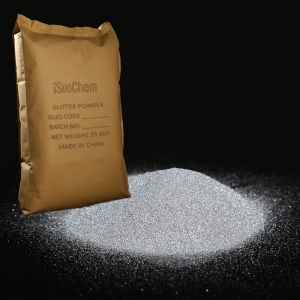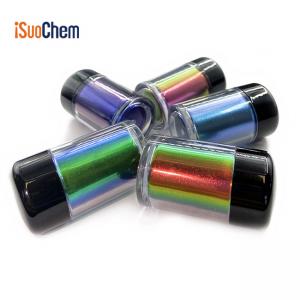
보라색 스트론튬 알루미네이트 인광 글로우 파우더 안료 공급 업체
에너지 저장 분말 의 일종인 iSuoChem® 보라색 인광 안료는 SGS, ISO17514, DIN67510 Part 1-4 인증을 받았습니다.
Read More
dt 형광 녹색 착색 발광 안료
에너지 저장 분말, isuochem & reg; 빛나는 색소는 다른 가시 광선을 흡수 한 후에 어둠 속에서 번쩍이고 반복적으로 재사용 할 수 있습니다. sgs, iso17514, din67510 파트 1-4의 인증서를 사용할 수 있습니다.
Read More어두운 안료의 축광 블루-그린 세라믹 글로우
iSuoChem® 형광 축광 안료는 다른 가시광선을 흡수한 후 어둠 속에서 청록색으로 빛나며 반복적으로 재사용할 수 있습니다.
Read More
어두운 분말의 도매 청록색 스트론튬 알루민산염 발광
iSuoChem® 글로우 인 더 다크 파우더는 다른 가시광선을 흡수한 후 어둠 속에서 청록색 빛을 발하며 반복적으로 재사용할 수 있습니다.
Read More파인 루틸 스털링 운모 베이스 실버 화이트 펄 안료 제조 업체
REACH 등록, SGS, ISO 인증, 낮은 중금속 함량, 최소 95% 색상 일관성, Malvern 입자 크기 테스트, X-RITE 색상 및 밝기 테스트, QUV 테스트는 진주광택 안료의 우수한 품질을 보장합니다.
Read More
헥사곤 스파클링 실버 벌크 글리터 파우더
iSuoChem® YS1001 실버 스파클링 글리터 파우더는 SGS, REACH, OEKO-TEXT Standard 100, 프리 포름알데히드, 프리 비스페놀 A, 내용제성, 고온 내성, 패션 색상, 다양한 글리터 파우더를 준수합니다.
Read More
자주색/물총새/파란 좋은 혈색 강렬 광학적인 변화 가능한 lnk 안료
iSuoChem® HC17 보안 안료는 일종의 광학 변경 가능 잉크 안료(OCIP) , 광학 가변 안료(OVP) 및 광학 가변 자기 안료 (OVMP) 입니다 .
Read More





 +86 13965049124
+86 13965049124
 한국의
한국의  English
English français
français русский
русский italiano
italiano español
español português
português العربية
العربية ไทย
ไทย Tiếng Việt
Tiếng Việt






